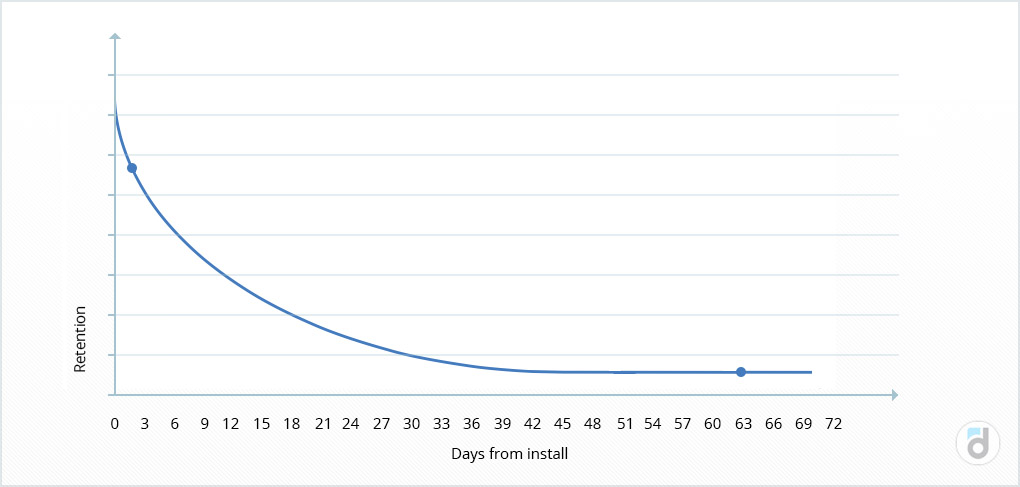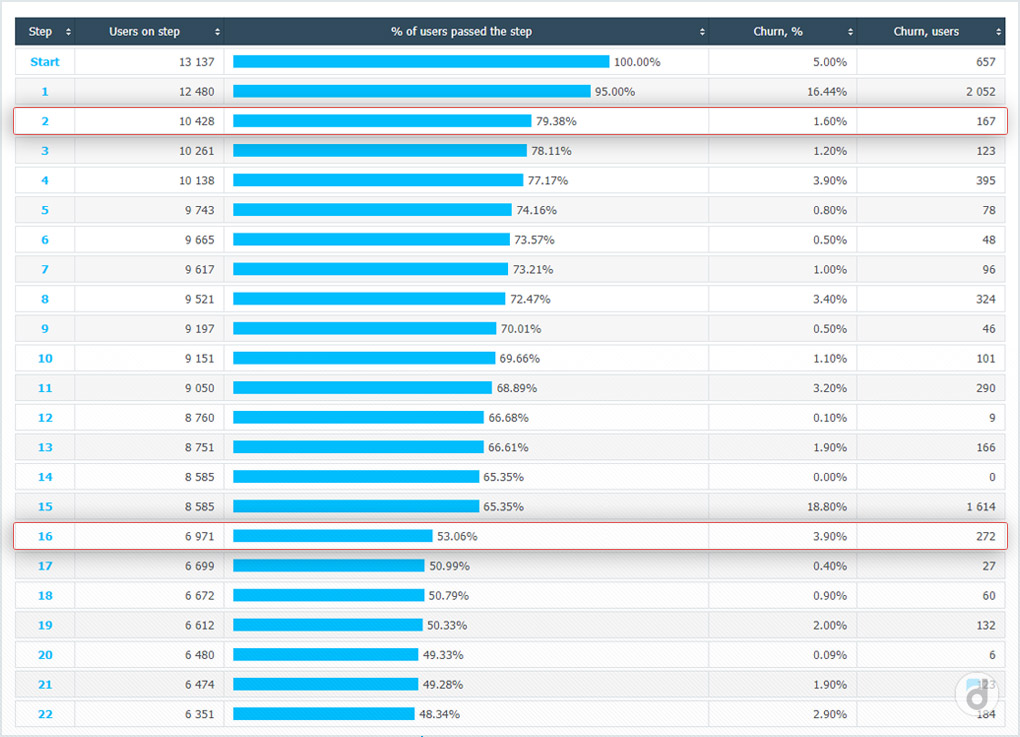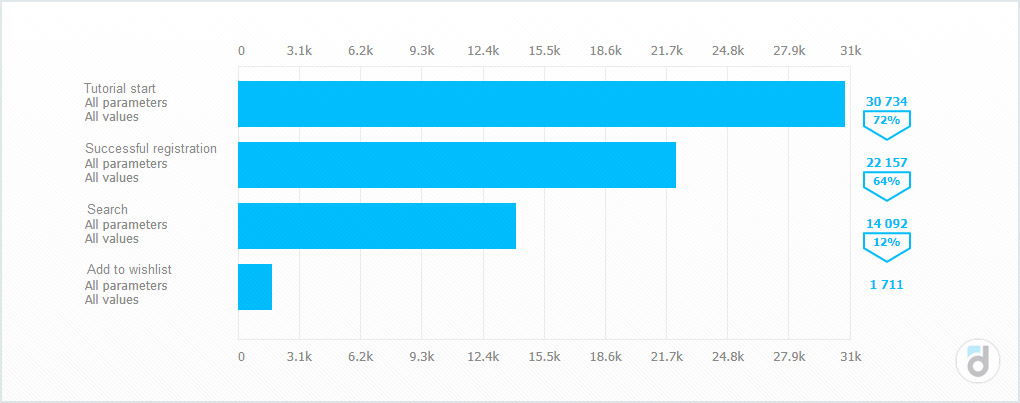The main impression of the product, as well as of the person, we form at the first interaction. When a user opens an application, they begin to draw a lot of conclusions: how this application looks, how clear it is, how convenient and simple it is to take the first steps in it, etc. If a person does not have any obligations to use this particular application and there are alternatives, then already during the first session they make a decision on the fate of this program on their device. Therefore, developers willing to increase the audience base of their product, give it a lot of attention. They try to make it as simple and clear as possible, try to stir up interest in potential users, and convey the value and uniqueness of their product. In order to understand a user’s first impression and conclusions, we can use a special indicator called FTUE (First Time User Experience). This is a complex indicator that requires a thorough analysis of the various stages of the user path.
Read more: Game Analytics Metrics Glossary
User Retention and Churn Rate
Retention is the main metric that you should pay attention to. And first of all, you should monitor d0 Retention and d1 retention.
D0 retention reflects the percentage of users who opened the application at least twice during the first 24 hours (the first time immediately after installation, and the second to continue to use it).
D1 retention reflects the percentage of users who opened the application the next day after installation.
The retention graph below shows that the largest churn of users usually happens on the first day. In many respects, the d7 and d28(30) retention and, as a result, the size of the audience, and hence the income, all depend on how big this churn is.
Read more: 4 Simple Methods of Paying Audience Segmentation

D0 and d1 retention are very important indicators, and developers should pay special attention to the completion of the tutorial and the first session.
Tutorial
A tutorial is usually one of the first parts of the application that a new user can see. At this stage, it is better not to lose any users at all, because at this point they had no chance yet to try the functionality they came for. The churn at this stage is a sign of problems, and first of all, the problems in the tutorial. Fortunately, it is usually not big, and therefore you can analyze and correct it quite quickly.
You can look for bottlenecks in the tutorial using the devtodev analytics service, where you can integrate up to 120 steps and take a look at each of them in detail.

The main target action that we want the user to make at the stage of the tutorial is the transition to the main functionality of the application.
Take our free online course on Game Analytics (from Basics to Advanced Strategies) if you want to know more about metrics
First Session
Each developer wants the user to have the so-called “aha moment” during the first session. This is a kind of second insight when a person understands that the application is good enough and they want to continue using it. It can come after passing several levels in a game, or after uploading the first file (as in Dropbox), or even after sending a certain number of messages (for example, to have “aha moment” in Slack, your group needs to send 2000 messages on average).
In any case, during the first session, we want the user to understand the value of the product to such an extent that they return and continue using it. If they encounter any annoying events in the product or see that it is too complicated, then it is unlikely that they give this application a second chance.
The developer needs to figuratively take the new user by the hand and quickly lead them to the place where they can solve their problem. In the devtodev service in order to analyze this path, you can build funnels.

You can also work backwards. First, reconstruct the user path of those people who returned to the application the next day and then try to make new users follow the same way. Similarly, you can explore the path of users who made payments during the first session (First Time Paying Users Experience). After you examine it, you can understand what exactly prompted them to make a purchase, whether it was easy to do it, what they bought, what else they did in the store, and how much time they needed to complete the target action.
Read more: Main Metrics. Social LTV
How to Improve your FTUE
Each project is unique, but there are still some general recommendations on improving the First Time User Experience.
-
The first thing to do is bug fixing. Test your application, analyze what exactly spoils the impression. Users who already use it for some time may not notice some problems or may look at them through their fingers, but new users see all the flaws very clear and the bugs can prompt them to look for a better application.
-
Make the navigation in your application as easy as possible because during the first session the user should not get confused. The user should move as quickly as possible to the solution of the problem which made them install your application.
-
On the way to the goal, nothing should distract the new user. So it is better not to ask them to sign up during the first session because they can do it in one of the latest sessions.
-
To alleviate user concerns, it is always a good idea to compare your application to competitors and stress the advantages.
-
If the user needs to pay to see the main functionality, then you should introduce it first, for example, add a demo or a detailed description.
Watch our free webinar on analytics for games
The first session in your application is often crucial. During this first session, the user decides whether they remain in the project or not, what kind of feedback they will give, whether they will recommend this application, and, ultimately, whether they will spend money in it. By making the first session as comfortable as possible, by showing your ability to solve the user's problem, you can increase both d1 retention, and the retention of the following days, and, therefore, the income.
